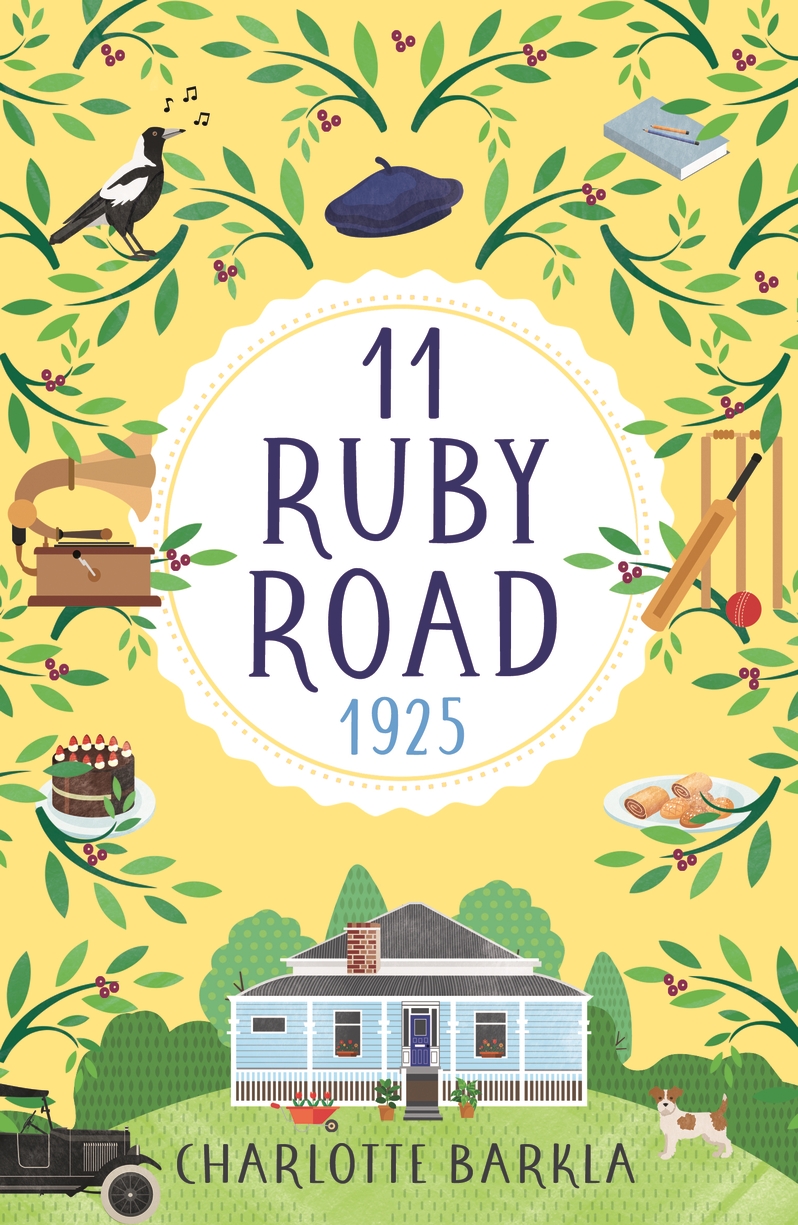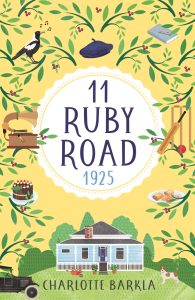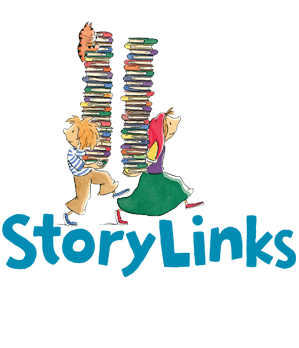




 Charlotte Barkla has structured her historical fiction series around a single address, 11 Ruby Road, and 1925 is the second instalment, the first having been set in 1900. In this story, the first family living at the address has moved on and 1925 sees the Miller family moving into the house from Ipswich, west of Brisbane. Barkla has skilfully drawn a detailed picture of life 100 years ago.
Charlotte Barkla has structured her historical fiction series around a single address, 11 Ruby Road, and 1925 is the second instalment, the first having been set in 1900. In this story, the first family living at the address has moved on and 1925 sees the Miller family moving into the house from Ipswich, west of Brisbane. Barkla has skilfully drawn a detailed picture of life 100 years ago.Error: Contact form not found.
